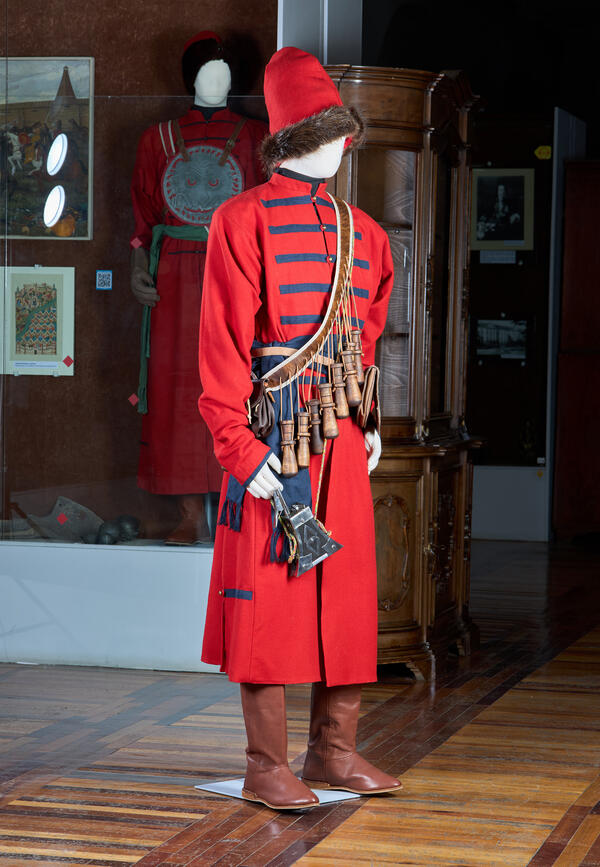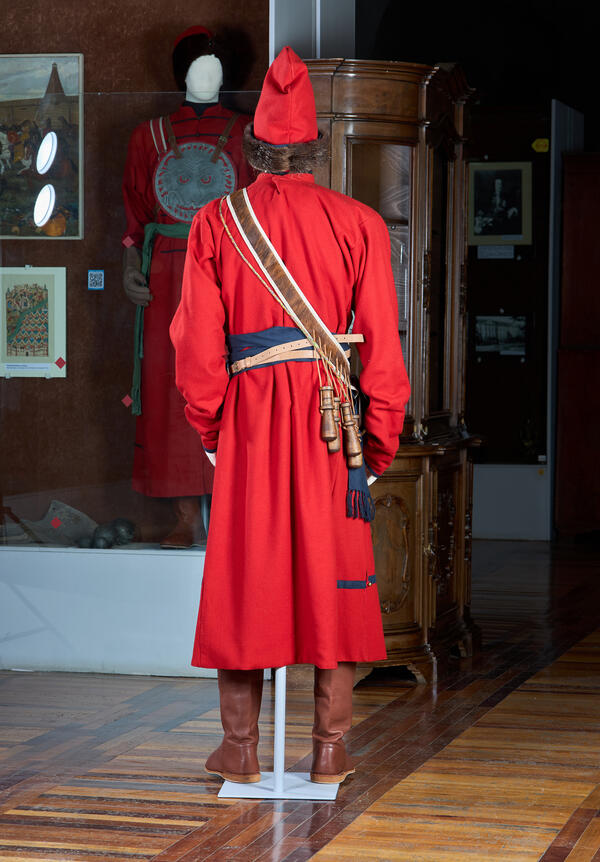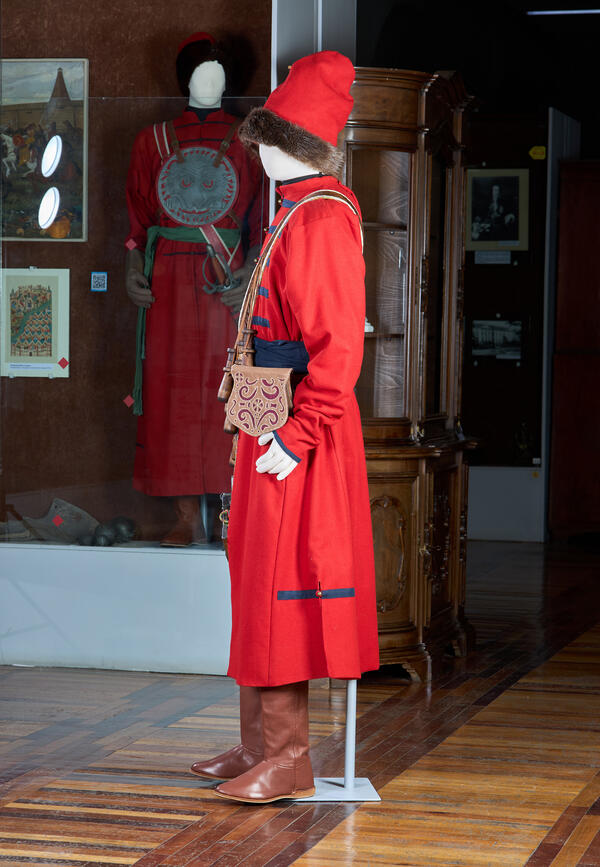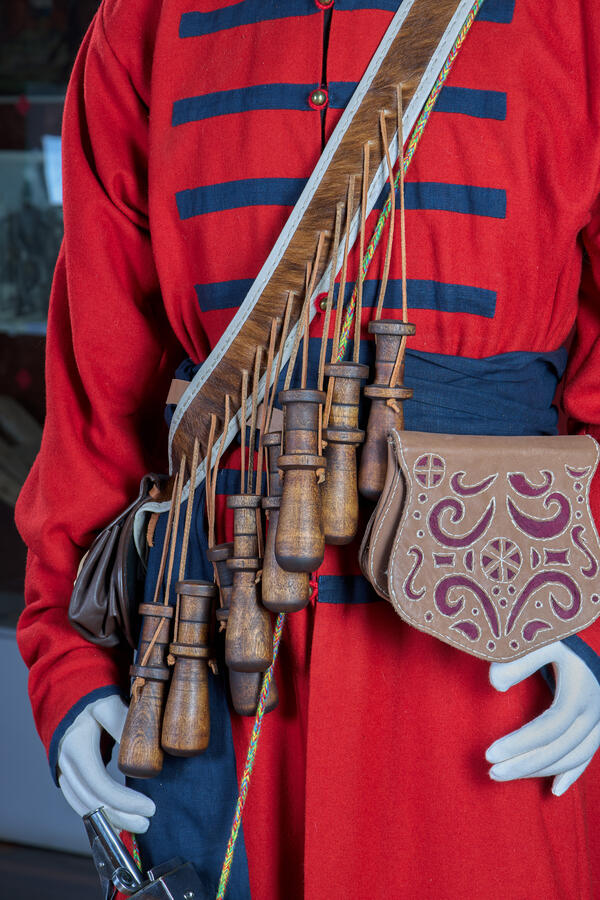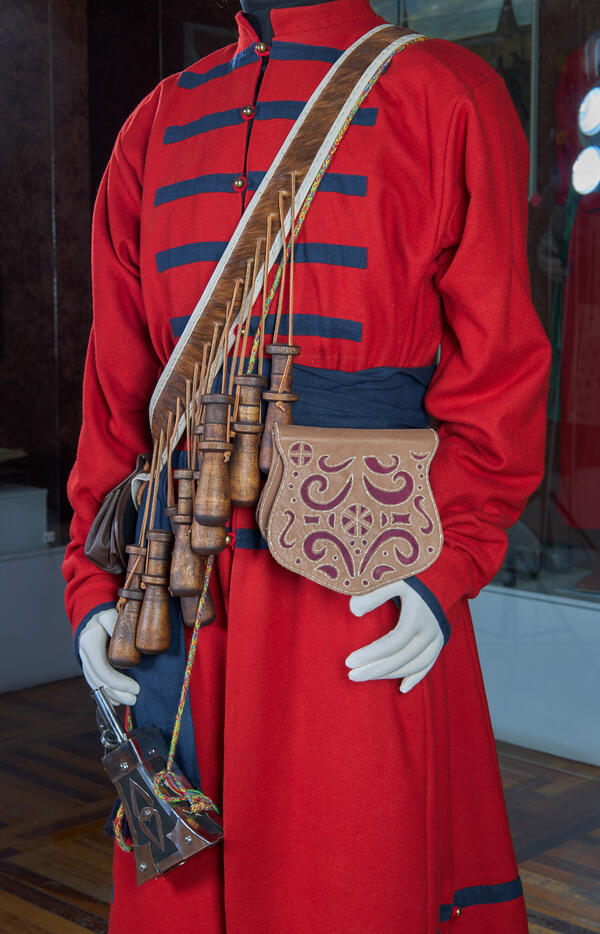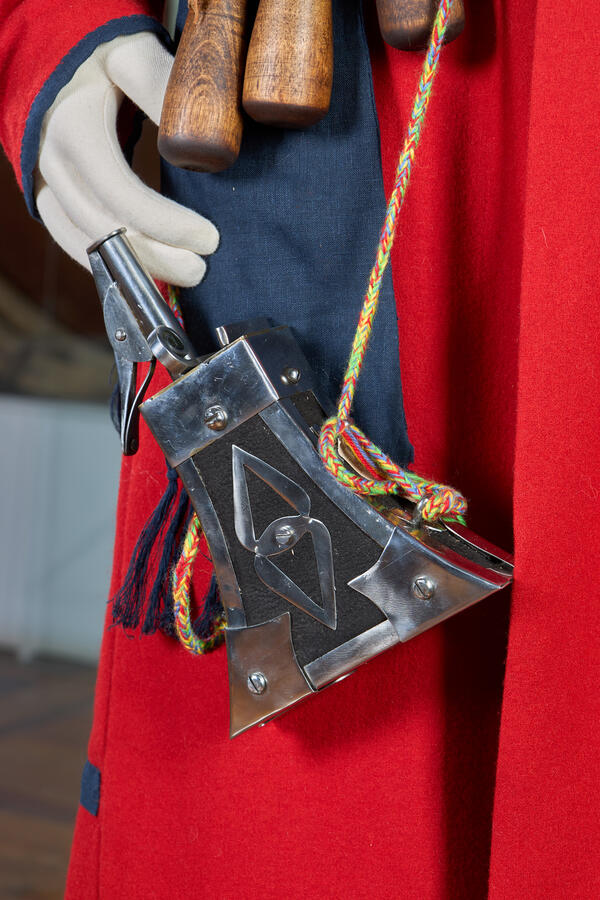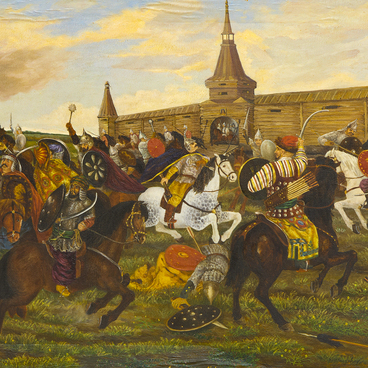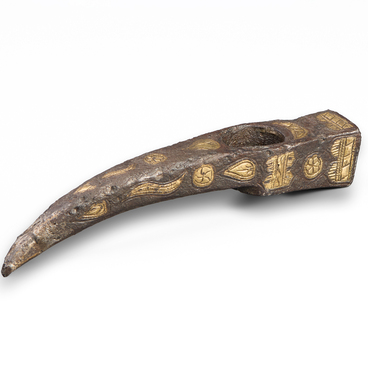The Streltsy were military men in the 16th — early 18th century, armed with firearms. The Streltsy in Russia formed the first permanent regular army. Initially, they were recruited from the free urban and rural population. Over time, their service became lifelong and hereditary.
According to the place and conditions of service, the Streltsy were divided into Moscow (elected), who formed the Tsar’s army, and the town Streltsy, who were garrisoned mainly in border towns.
The construction of fortresses — Belgorod, Stary Oskol and Valuyki — marked the beginning of fortifications in the Belgorod region.
The Streltsy began to carry out garrison duties in the fortress towns. They lived in special settlements, engaged in trade and crafts in their free time. In the border towns, in addition to monetary and grain salaries, the Streltsy received land plots, which were allocated for the communal use of the entire settlement.
In 1635–1658, to protect Russian lands from the raids of the Crimean Tatars, the Streltsy took part in the construction of the Belgorod defensive line. The Belgorod Line included 28 fortress towns and extended for about 800 kilometers. Over 10.000 people served on it.
The Streltsy defending the southern borders of the state were uniformly equipped, trained, and armed. Streltsy’s clothing consisted of a caftan, hat, and belt. Colorful, bright caftans were ceremonial attire, with each regiment having its own color. However, the campaign (“wearing”) caftans, made of coarse woolen fabric, were in gray, black, or brown colors, without any decorations on the chest. The unique cut of the kaftans allowed Streltsy to easily mount a horse without them opening up while walking, although they appeared narrow from the front.


